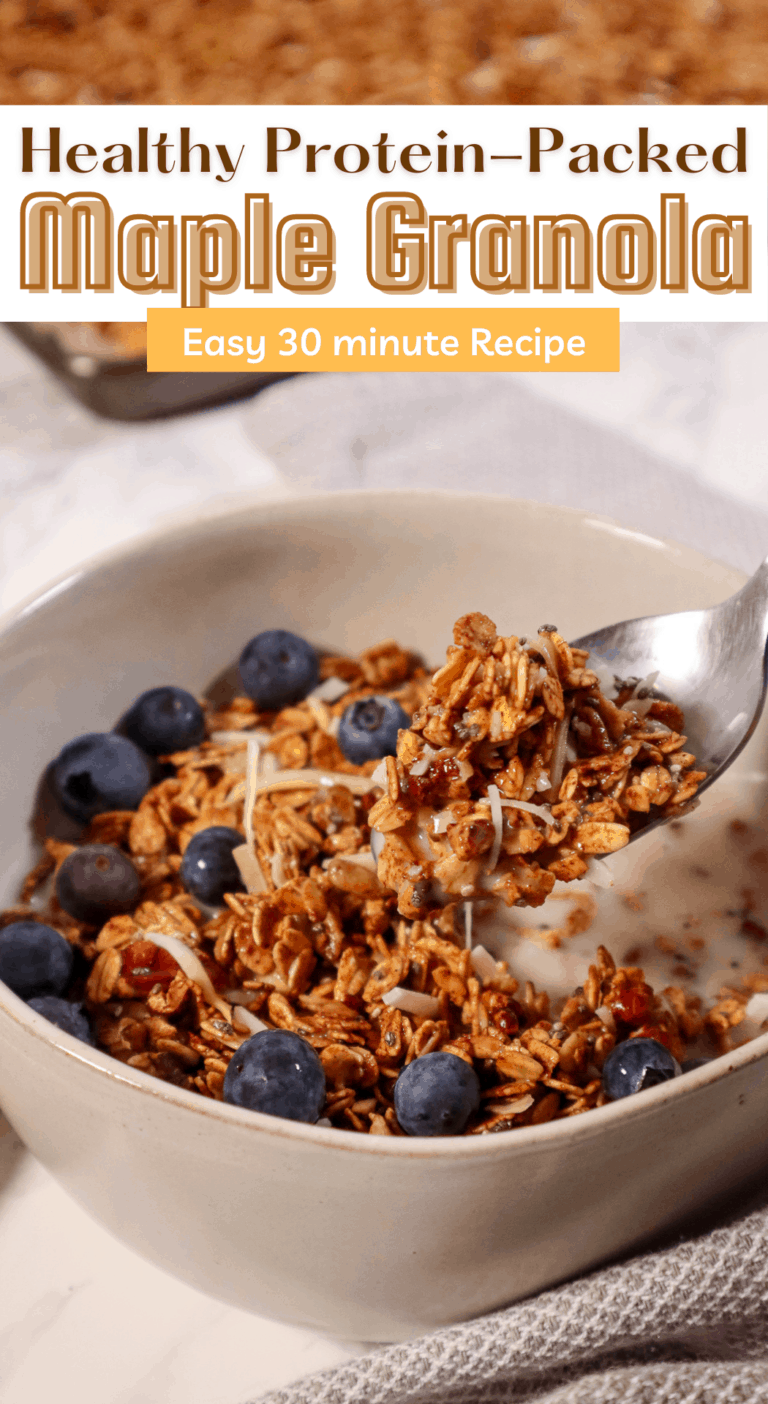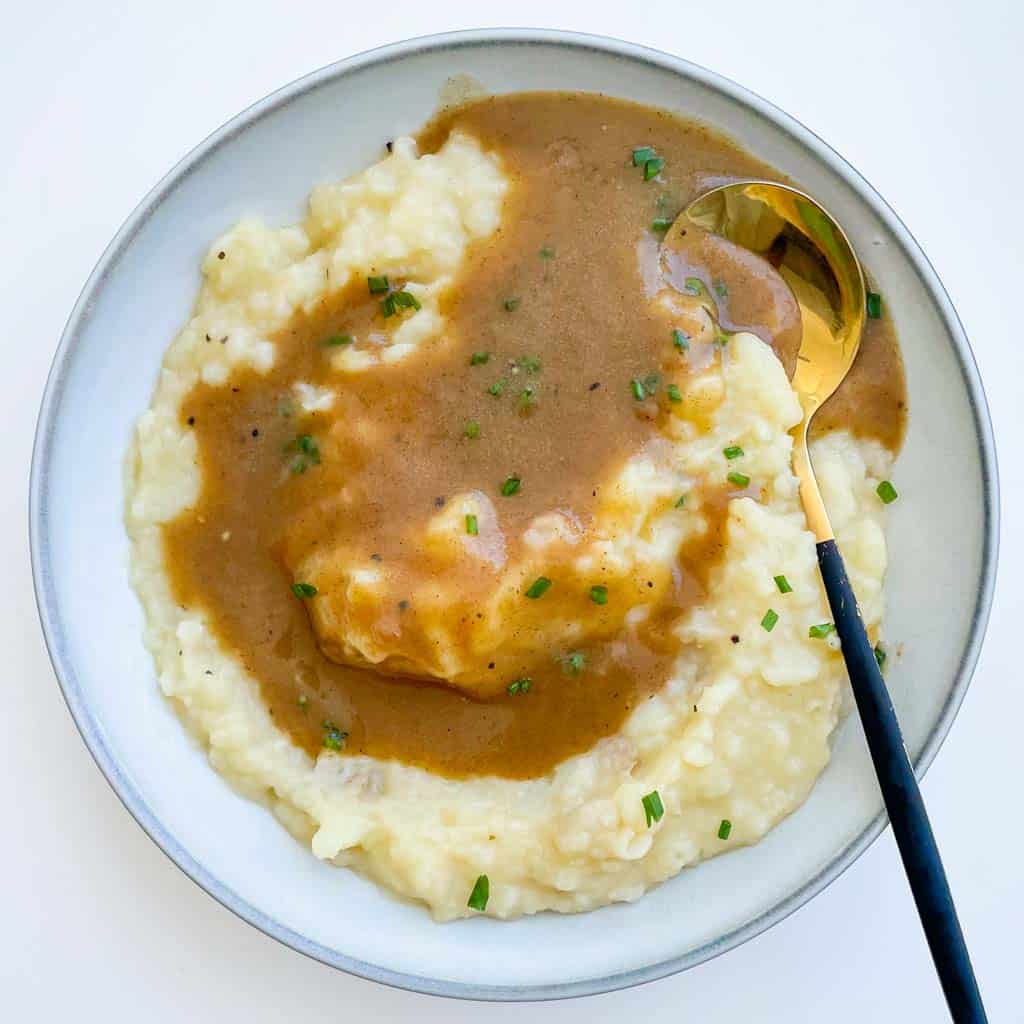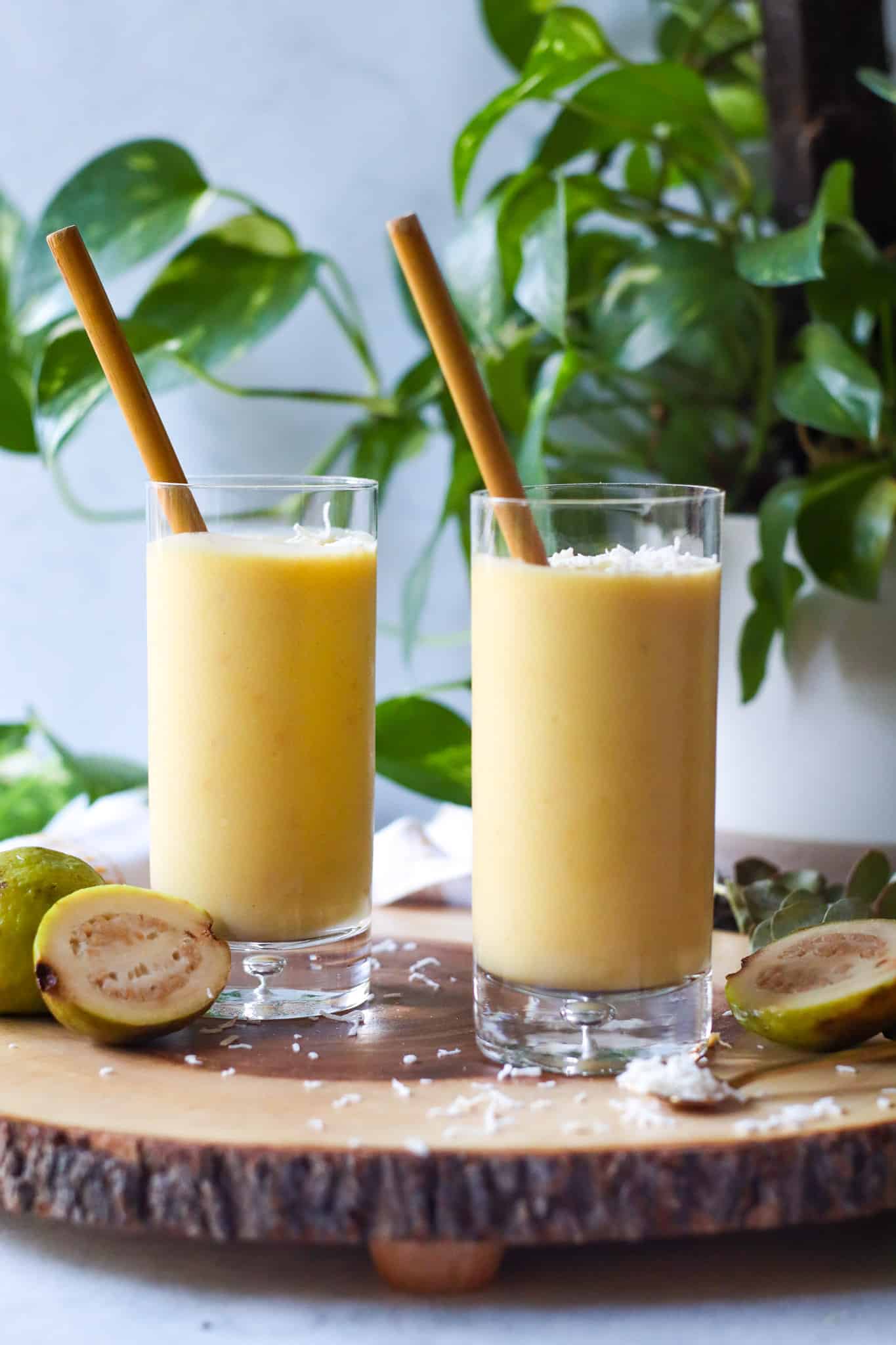Every time we look around there seems to be a new diet trend aimed to help you transform your life, shed a few pounds, or lose a couple of inches on your waist. While these trends aim to help people lead a healthier lifestyle, it can become a bit overwhelming trying to understand what to eat and what not to eat.
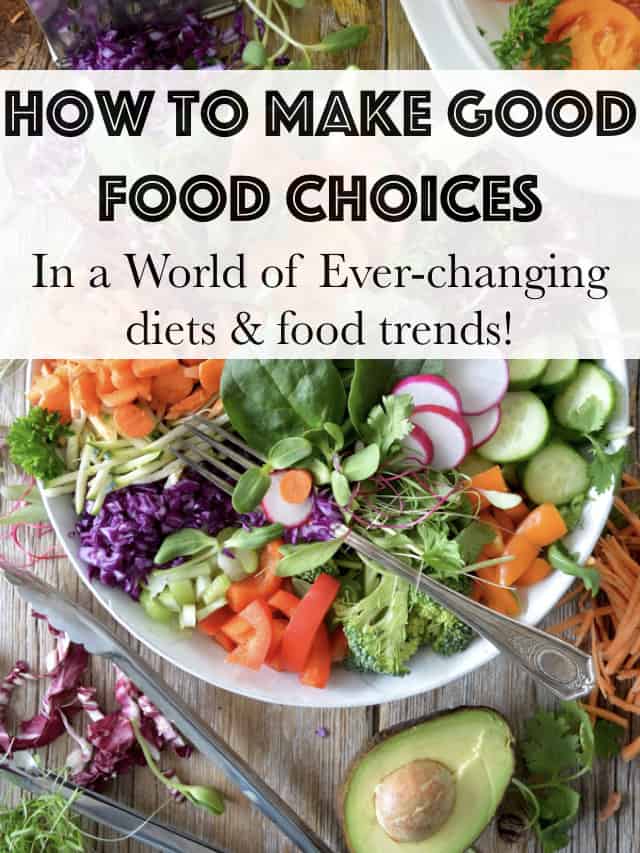
This post may contain affiliate links. As an Amazon Associate, I earn from qualifying purchases at no extra cost to you.
I recently read Food Rules by Michael Pollan, an author, journalist, and activist working to educate individuals on simple ways to achieve a healthy and sustainable diet. The book was succinct and easily shared simple “rules” on how to eat healthy, without any convoluted nutrition science or conflicting opinions.
I know the last thing you want are more “rules” on how to eat healthy, but the suggestions outlined–and beautifully illustrated— in the book are solely suggestions.
With that said, here are 10 of my favorite rules from the book, and ones I believe, if implemented can easily help you to make better food choices.
Rule Number 1 (and actually the first rule listed in the book): EAT FOOD (1)
 Photo by Brooke Lark on Unsplash
Photo by Brooke Lark on Unsplash
Pollen considers heavily processed foods, “edible foodlike substances”, which are foods that have been manufactured in a factory through chemical and mechanical manipulation, are usually stored in cans, bags, or boxes, and placed on shelves as food for your convenience and indulgence. The most common processed foods are chips, soda, bread, packaged snacks, or microwaveable ready foods (4). Processed foods are those you’d want to avoid.
Rule Number 2: Avoid Foods That Have Some Form of Sugar (or Sweetener) Listed Among the Top Three Ingredients (1)
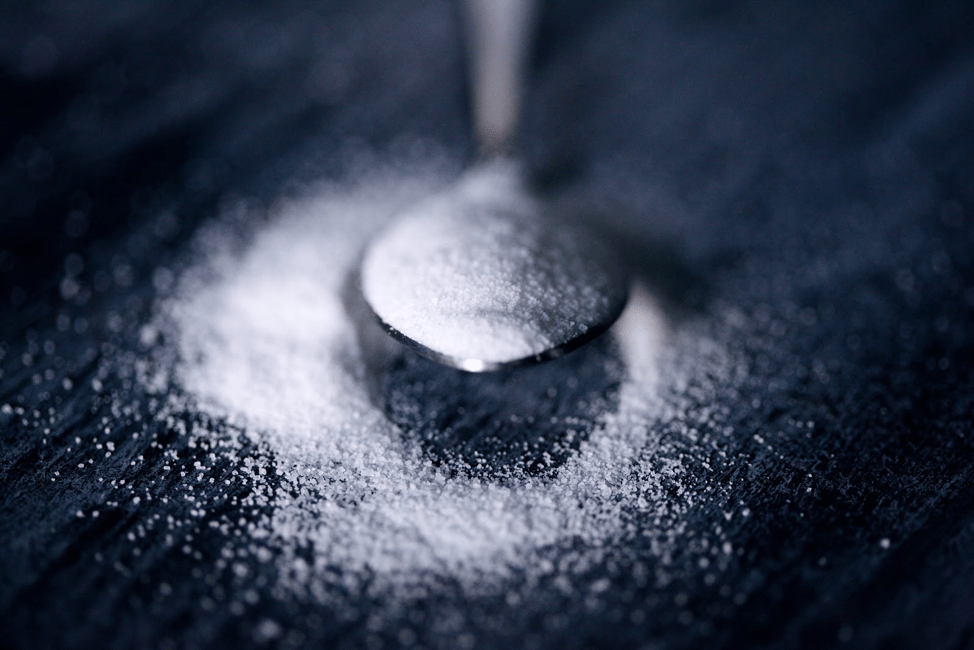 Photo by Sharon McCutcheon on Unsplash
Photo by Sharon McCutcheon on Unsplash
Did you know that labels listed on the ingredients listed are arranged on the list by weight? That means the ingredients listed first were used most. If you see sucrose, dextrose, brown rice syrup, barley meet, corn sweetener, and especially the worst of all High-Fructose Corn Syrup HFCS), listed as the main ingredients, put that product down. Better yet, if a food has HFCS steer clear and forget that product ever existed.
Rule Number 3: Avoid Food Products That Contain More Than Five Ingredients (1)
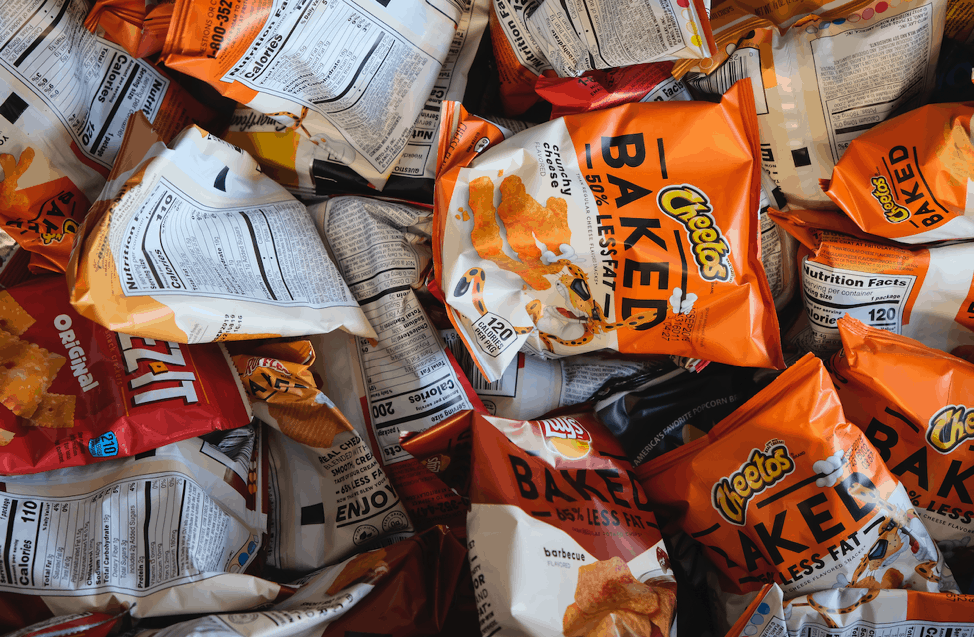
Photo by Ryan Quintal on Unsplash
This is an easy one. Just remember, the more ingredients listed the more processed the food may be.
Rule Number 4: Serve The Vegetables First (1)

Photo by Nadine Primeau on Unsplash
A healthy plate is a colorful one filled with lots of vegetables. Pollan discusses how we tend to view the meat as the centerpiece of the dish and vegetables as the “sides”. Well, he suggests an easy way to have a healthier plate is simply to reverse this notion and view vegetables as the centerpiece and meat as the “side”. According to Harvard’s The Nutrition Source Journal, vegetables should make up ½ of our plate, while meat should be ¼ of our plate. (5)
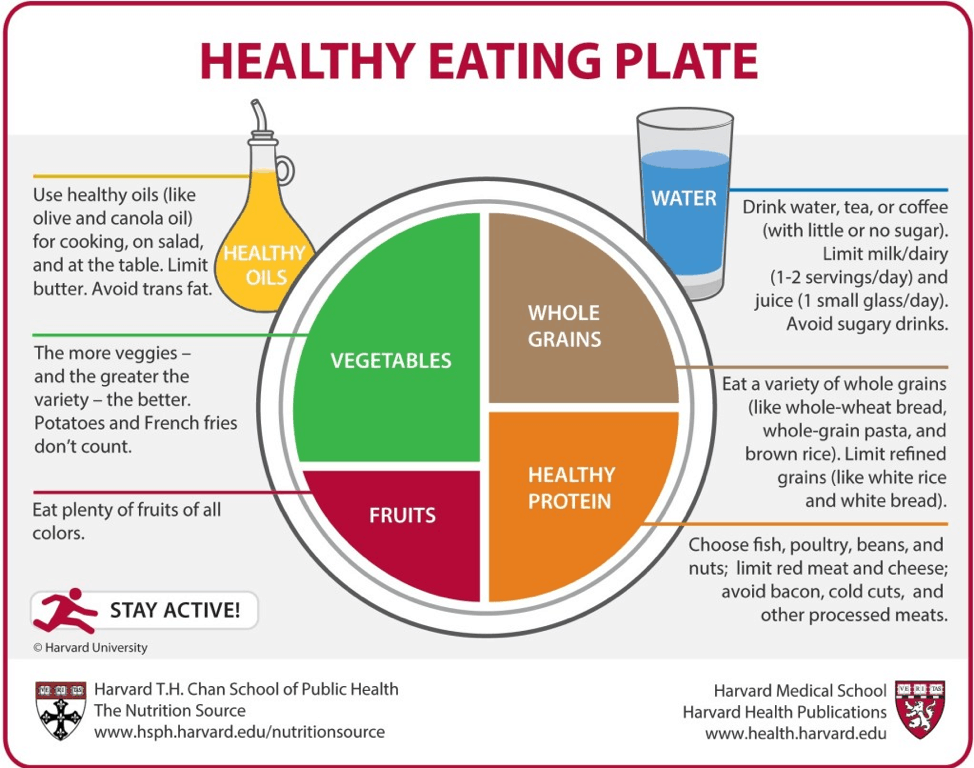
Rule Number 5: Shop the Peripheries of the Supermarket and Stay Out of the Middle (1)https://www.hsph.harvard.edu/nutritionsource/healthy-eating-plate/
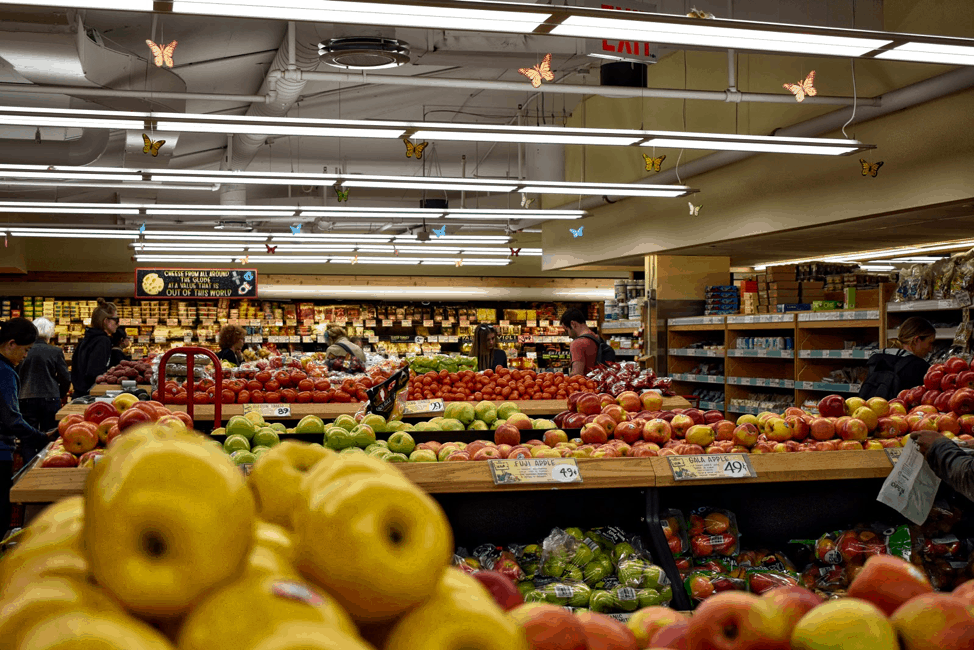
Photo by Rob Maxwell on Unsplash
We’ve heard this saying before, right? Essentially everything we need and should be eating can be found along the boundaries of the supermarket: the produce, meat, fish, and dairy. Along the middle tends to be highly processed foods with tons of chemicals and additives added to extend their shelflife so they look beautiful and appealing as they wait on the shelves for weeks for you to bring them home. Want to make it even easier for yourself? Shop at your local farmers market; support small and local businesses, and eat healthy food.
Rules Number 6: Avoid Foods Products with the Word “Lite” or the Terms “Low-Fat” or “Nonfat” in their names.
There is a huge misconception around the idea of “fat” in foods. Luckily there have been numerous studies that reveal that removing “fat” from foods does not necessarily make it healthy. What it actually means is that tons of sugars, salts, and additives have been added to account for the flavor, which is worse to consume than the ghastly misinterpreted “fat”. Don’t be fooled by the marketing labels.
Rule Number 7: Avoid Foods you See Advertised on Television

Photo by Glenn Carstens-Peters on Unsplash
It makes tons of sense, right!? The biggest food manufacturers have the largest budgets and spend tons of money on manipulating consumers through advertising on TV. A lot of the foods are heavily processed, those “edible foodlike substances” Pollan tells us to avoid.
Rule Number 8: Limit Your Snacks to Unprocessed Plant Foods (1)
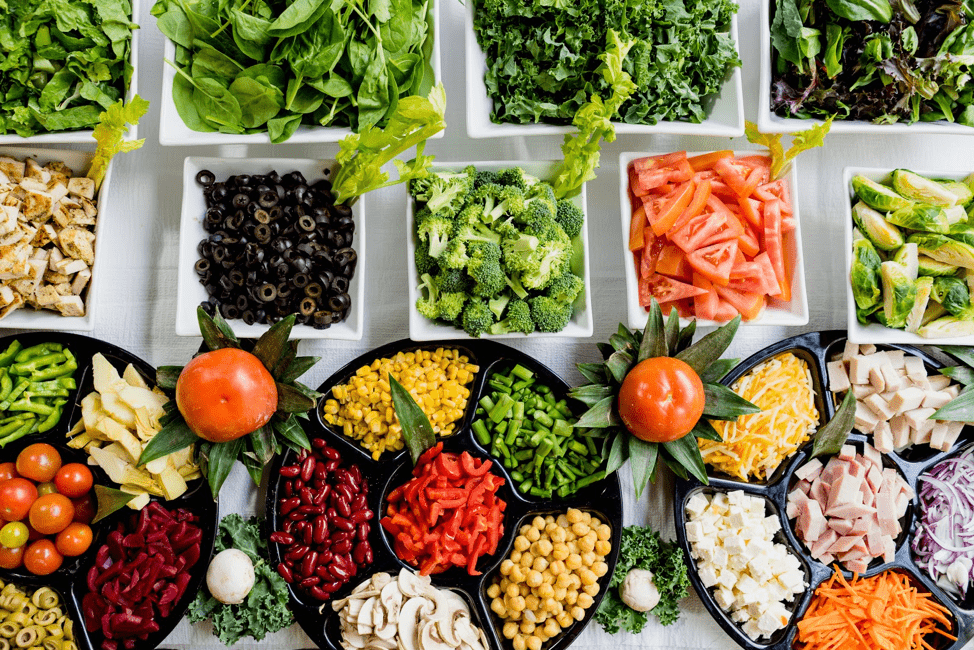
Snacking tends to be the downfall of any diet change. Trying to avoid snacking is like trying to not binge-watch your favorite Netflix series after you’ve waited MONTHS for the new season to air— it’s impossible! But, snacking does not have to be a bad thing! You just have to make sure to snack on healthy unprocessed foods like nuts, fruit, and vegetables. Try it, you get to snack and not feel guilty about it!
Rule Number 9: Love Your Spices
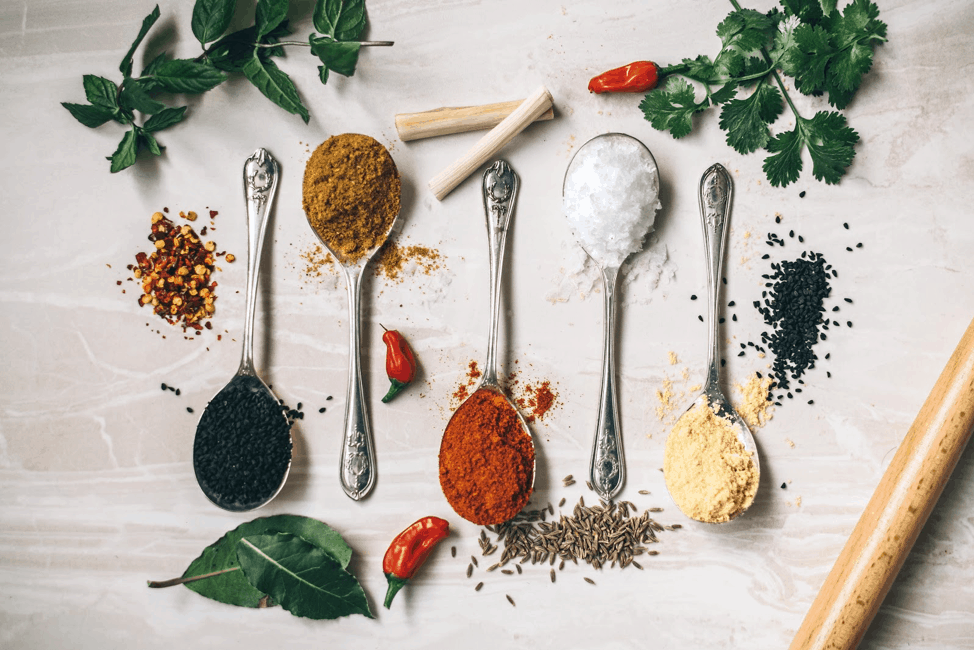
Photo by Calum Lewis on Unsplash
Don’t skimp on the herbs and spices. Herbs and spices are not bad for you! They are an amazing way to add a dynamic flavor to your dish without adding any extra fat, calories, salt, or sugar.
Rule Number 10: Cook (1)
Of course, this is my favorite rule and the easiest to do if you want to lead a healthier lifestyle: cook your own food! You know exactly what goes in it, exactly what you are eating, and can make it exactly as you like it. This is the best way to take control of your diet and eat the things you enjoy.
Making Good Food Choices
My hope is that you will try makes these changes and using these guidelines as you continue to make healthy food choices. If making the food choices is easy, but you’re struggling with what to cook and how, check out my food blog, GoodFoodBaddie, for healthy easy to follow recipes that you will love!
Looking for a good place to start? Try these delicious, healthy recipes!
16 Healthy Superfood Smoothies to Jumpstart Your Day
Healthy Homemade Chocolate Granola
Elderberry Ginger Sea Moss Gel
Easy Sheet Pan Salmon with Avocado Crema
Easy Sheet Pan Chicken Fajitas
All information and tools presented and written within this site are intended for informational purposes only. I am not a certified nutritionist and any nutritional information on goodfoodbaddie.com should only be used as a general guideline. You should not rely on this information as a substitute for, nor does it replace professional medical advice, diagnosis, or treatment. If you have any concerns or questions about your health, you should always consult with a physician or other health-care professional.
Resources
-
Pollan, Michael, et al. Food Rules: an Eater’s Manual. Penguin, 2011.
-
Food Rules: https://michaelpollan.com/reviews/how-to-eat/
-
Food Rules: https://www.penguinrandomhouse.com/books/305288/food-rules-by-michael-pollan/
-
Eating Processed Foods. (n.d.). Retrieved from https://www.nhs.uk/live-well/eat-well/what-are-processed-foods/
-
Healthy Eating Plate. (2019, November 22) Retrieved from https://www.hsph.harvard.edu/nutritionsource/healthy-eating-plate/
-
Quinn, S. (2015, March 4). Food labels: why ‘low-fat’ and ‘high-fibre’ don’t mean healthy. Retrieved from https://www.telegraph.co.uk/foodanddrink/healthyeating/11446470/Food-labels-why-low-fat-and-fat-free-dont-mean-healthy.html.

